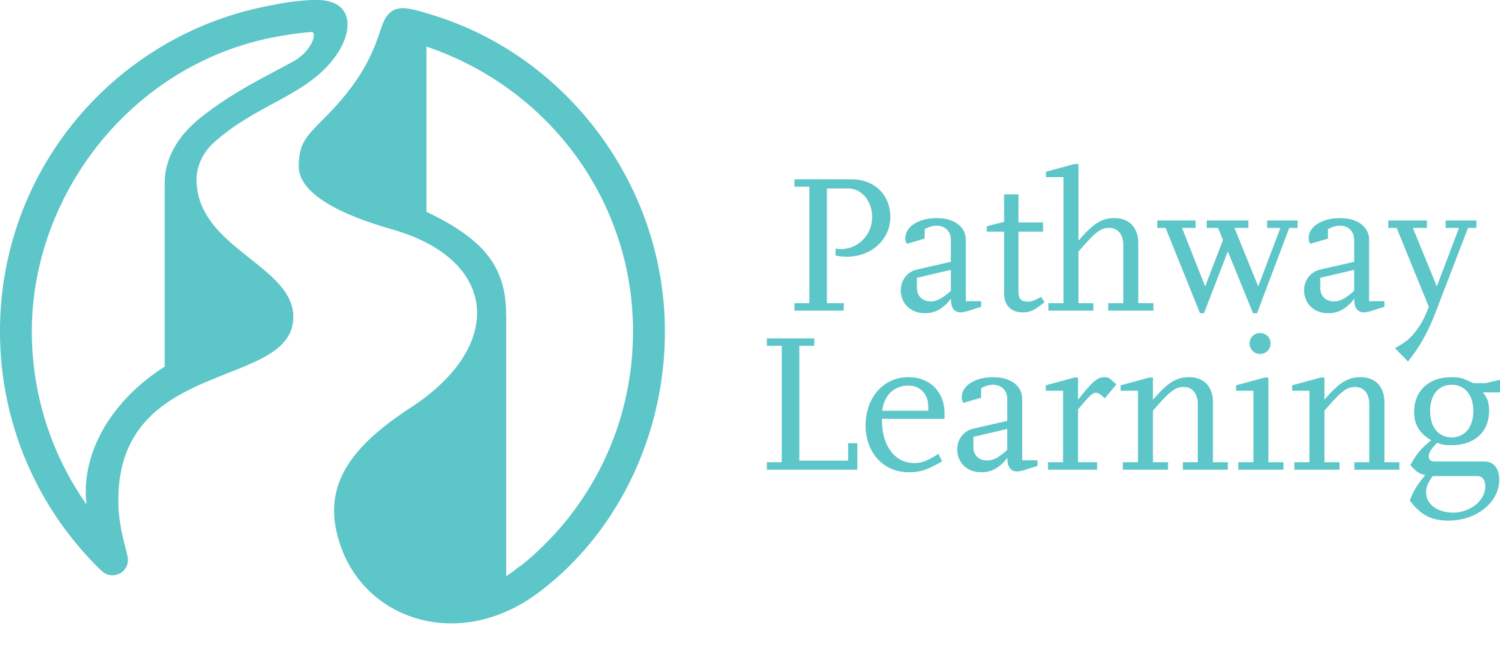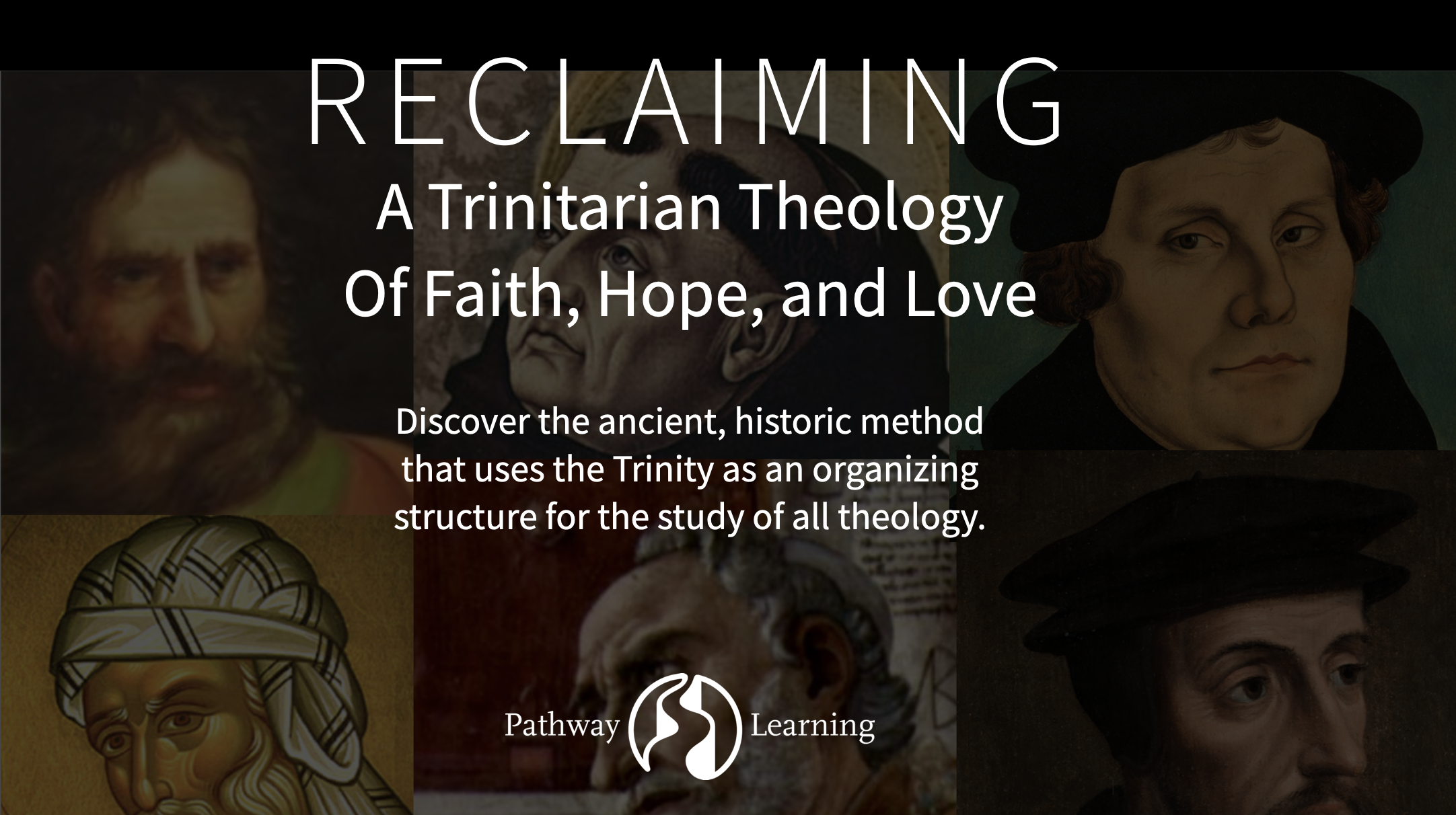Our Faith - The Apostles’ Creed: Applications in Theology, Lesson 2
By John Frame and Steve Childers
Everything in theology is ultimately about the revelation of the person and work of the Triune God in Scripture as Creator, Redeemer, and Restorer. So, instead of studying the doctrine of the Trinity as only one of several topics in theology, all other Christian doctrines should be studied in light of the Trinity.
This is because the Bible presents all individual, doctrinal topics as vital parts of the bigger, unfolding biblical story of who God is and what God does as Triune Lord: beginning with the Father’s creation in Genesis 1:1, reaching its apex in the Son’s redemption revealed in the New Testament, and ending with the Spirit’s restoration of all things in Revelation 22:21.
This approach to the study of theology connects us to the ancient, historic method that uses the Trinity as an organizing structure for studying all theology. The Trinitarian method of studying theology is found in all the earliest catholic (universal) creeds, including the Apostles’ Creed (120-250 AD), and the Nicene Creed (381 AD). It is also found in the writings of the Church Fathers and the Reformers.
Lesson Goals
In this lesson, you'll be equipped to:
Discover the Trinity as an organizing structure in theology
Behold the Father as Lord of creation in our faith
Perceive the Son as Lord of redemption in our faith
See the Spirit as Lord of restoration in our faith
Describe the history of Trinitarian structure in theology
Integrate a Trinitarian approach to the study of theology
Choose Your Learning Pathway
We help underserved church leaders develop churches that transform lives and communities


